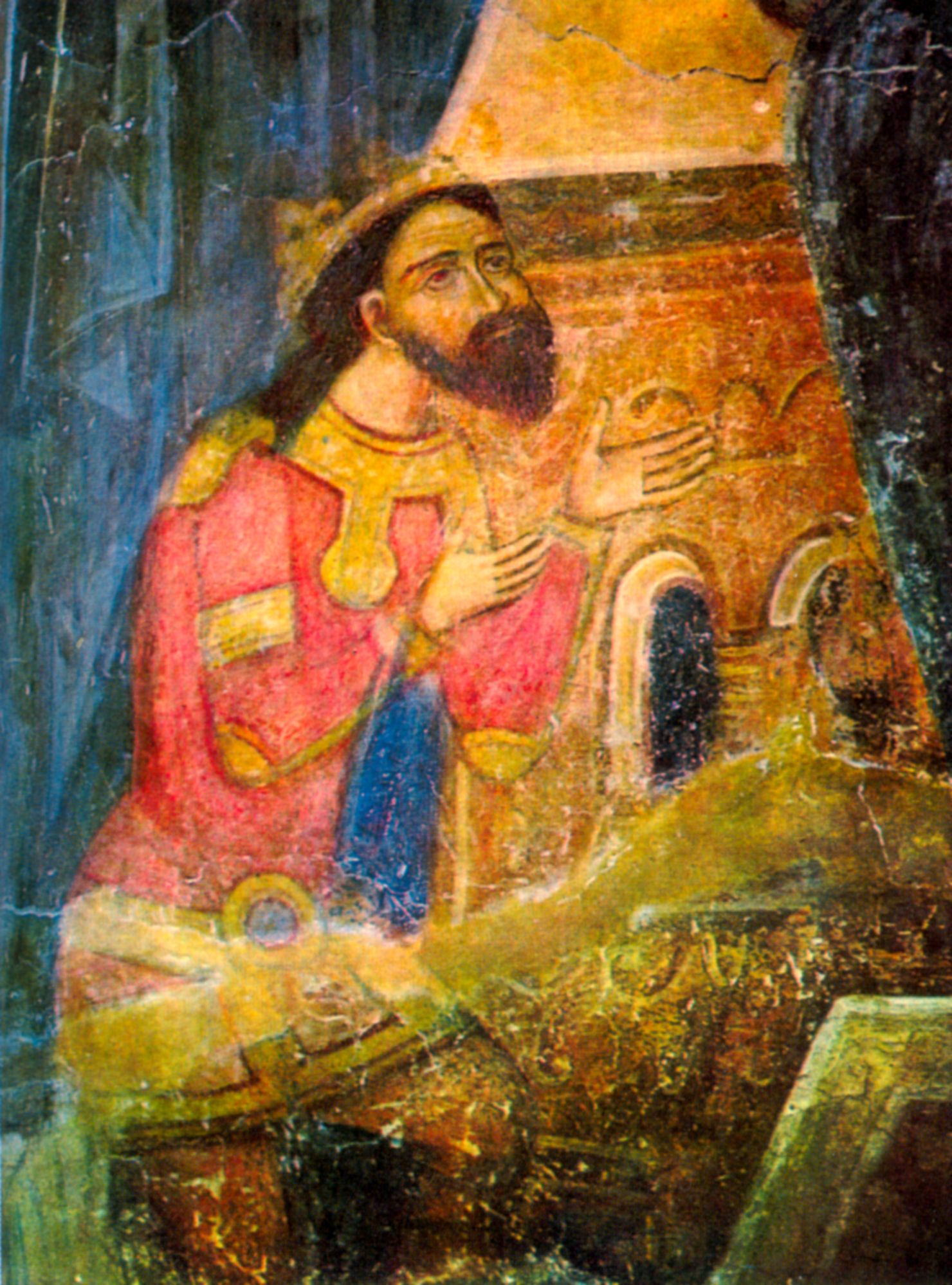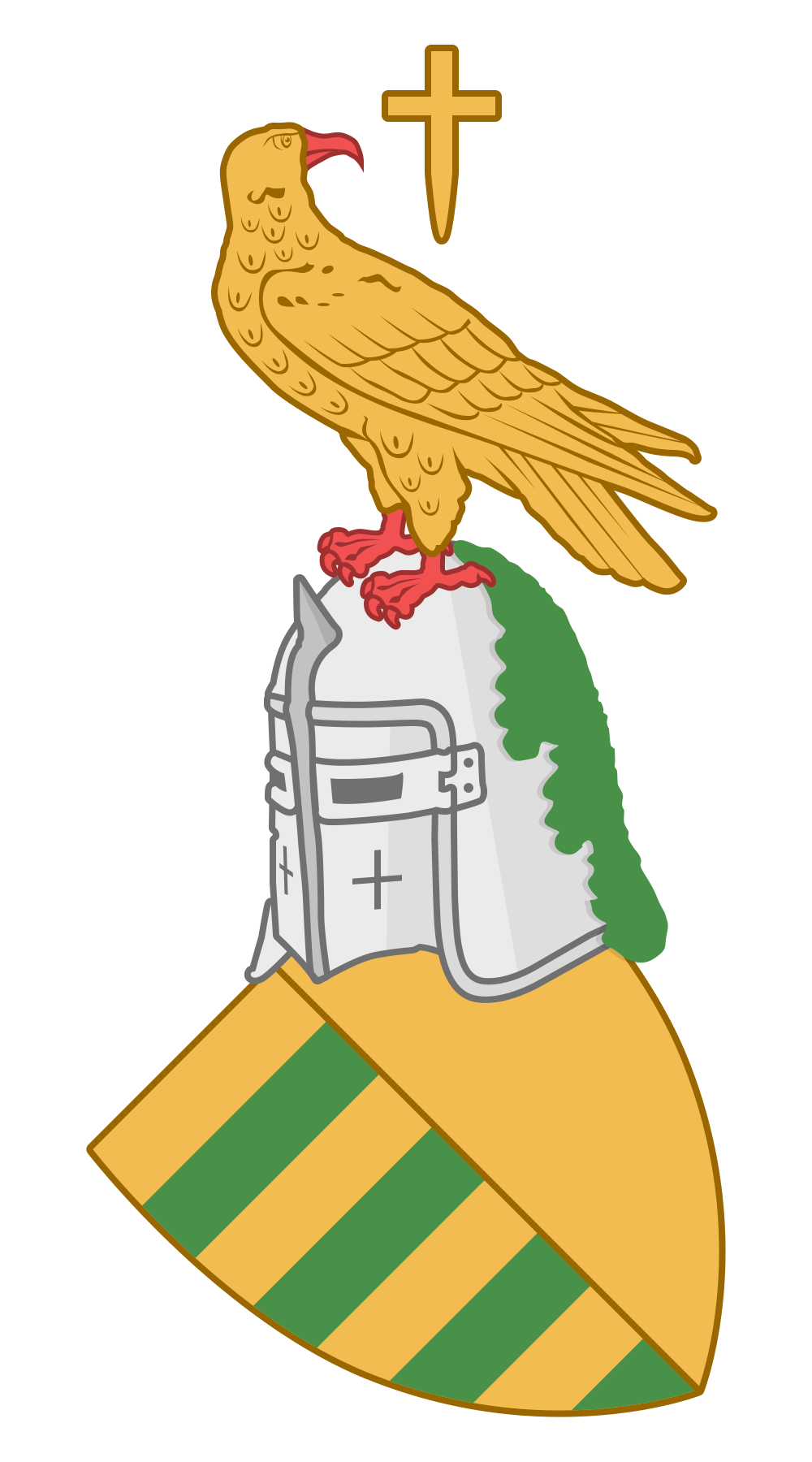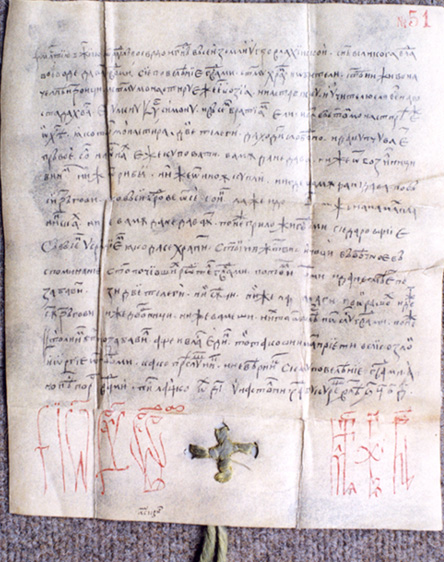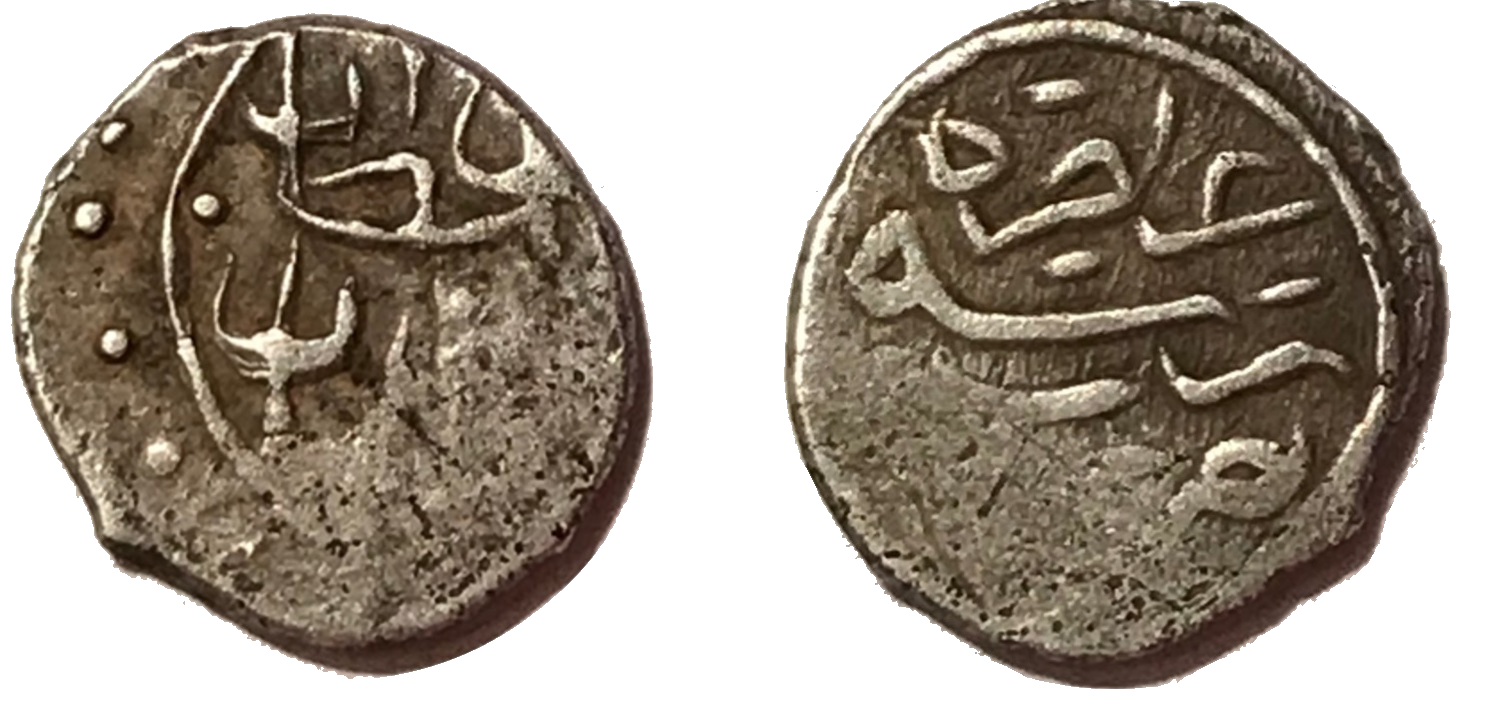|
Basarab Țepeluș Cel Tânăr
Basarab IV cel Tânăr ("the Young"), also known as Țepeluș ("the little Impaler"), (before 1444 ? – 23 March 1482) son of Basarab II, and grandson of Dan II (1422-1431) was 4 times the voivode of the principality of Wallachia between 1474 and 1482: from Oct to Dec 1474, from Jan 1478 to June 1480, from Nov 1480 to before July 1481, and again from Aug 1481 to July 1482.Constantin Rezachevici - Cronologia critică a domnilor din Țara Românească și Moldova a. 1324 - 1881, Volumul I, Editura Enciclopedică, 2001 This was during an unstable political climate in medieval Wallachia that had another 4 princes ruling for some periods of time in those years. Reigns Basarab IV Țepeluș acceded first to the Wallachian throne in 1474, when with help from Transylvanian voivode Stefan Bathory he overthrew his first cousin Basarab III known as the 'Old'. He was then removed from power within 2 months by Radu III (also called Radu the Handsome), his 2nd cousin, who was brought in b ... [...More Info...] [...Related Items...] OR: [Wikipedia] [Google] [Baidu] |
List Of Rulers Of Wallachia
This is a list of rulers of Wallachia, from the first mention of a medieval polity situated between the Southern Carpathians and the Danube until the union with Moldavia in 1859, which led to the creation of Romania. Notes Dynastic rule is hard to ascribe, given the loose traditional definition of the ruling family. On principle, princes were chosen from any family branch, including a previous ruler's bastard sons, being defined as ''os de domn'', "of Voivode marrow", or as having ''heregie'', "heredity" (from the Latin ''hereditas''); the institutions charged with the election, dominated by the boyars, had fluctuating degrees of influence. The system itself was challenged by usurpers, and became obsolete with the Phanariote epoch, when rulers were appointed by the Ottoman Sultans; between 1821 and 1878 (the date of Romania's independence), various systems combining election and appointment were put in practice. Wallachian rulers, like the Moldavian rulers, bore the titles of ''V ... [...More Info...] [...Related Items...] OR: [Wikipedia] [Google] [Baidu] |
Ottoman Empire
The Ottoman Empire, * ; is an archaic version. The definite article forms and were synonymous * and el, Оθωμανική Αυτοκρατορία, Othōmanikē Avtokratoria, label=none * info page on book at Martin Luther University) // CITED: p. 36 (PDF p. 38/338) also known as the Turkish Empire, was an empire that controlled much of Southeast Europe, Western Asia, and Northern Africa between the 14th and early 20th centuries. It was founded at the end of the 13th century in northwestern Anatolia in the town of Söğüt (modern-day Bilecik Province) by the Turkoman tribal leader Osman I. After 1354, the Ottomans crossed into Europe and, with the conquest of the Balkans, the Ottoman beylik was transformed into a transcontinental empire. The Ottomans ended the Byzantine Empire with the conquest of Constantinople in 1453 by Mehmed the Conqueror. Under the reign of Suleiman the Magnificent, the Ottoman Empire marked the peak of its power and prosperity, as well a ... [...More Info...] [...Related Items...] OR: [Wikipedia] [Google] [Baidu] |
Voivode Of Wallachia
This is a list of rulers of Wallachia, from the first mention of a medieval polity situated between the Southern Carpathians and the Danube until the union with Moldavia in 1859, which led to the creation of Romania. Notes Dynastic rule is hard to ascribe, given the loose traditional definition of the ruling family. On principle, princes were chosen from any family branch, including a previous ruler's bastard sons, being defined as ''os de domn'', "of Voivode marrow", or as having ''heregie'', "heredity" (from the Latin ''hereditas''); the institutions charged with the election, dominated by the boyars, had fluctuating degrees of influence. The system itself was challenged by usurpers, and became obsolete with the Phanariote epoch, when rulers were appointed by the Ottoman Sultans; between 1821 and 1878 (the date of Romania's independence), various systems combining election and appointment were put in practice. Wallachian rulers, like the Moldavian rulers, bore the titles of ''V ... [...More Info...] [...Related Items...] OR: [Wikipedia] [Google] [Baidu] |
House Of Basarab
The House of Basarab (also Bazarab or Bazaraad, ro, Basarab ) was a ruling family of debated Cuman origin, Terterids and Shishmanids) and the Wallachian dynasty (Basarabids). They also played an active role in Byzantium, Hungary and Serbia, with Cuman immigrants being integrated into each country's elite. which had an important role in the establishing of the Principality of Wallachia, giving the country its first line of Princes, one closely related with the Mușatin rulers of Moldavia. Its status as a dynasty is rendered problematic by the official elective system, which implied that male members of the same family, including illegitimate offspring, were chosen to rule by a council of boyars (more often than not, the election was conditioned by the military force exercised by candidates). After the rule of Alexandru I Aldea (ended in 1436), the house was split by the conflict between the Dănești and the Drăculești, both of which claimed legitimacy. Several late rulers ... [...More Info...] [...Related Items...] OR: [Wikipedia] [Google] [Baidu] |
Râmnicu Vâlcea
Râmnicu Vâlcea (also spelled ''Rîmnicu Vîlcea'' or, in the past, ''Rîmnic-Vâlcea'', ) (population: 92,573 as per the 2011 Romanian census) is the county capital ( ro, Reședință de județ) and also the largest town of Vâlcea County, central-southern Romania (in the historical province of Oltenia). Geography and climate Râmnicu Vâlcea is situated in the central-south area of Romania and is the county capital of Vâlcea County. Set at the foothills of the Southern Carpathians, the town is located at about from the Cozia Mountains and about from the Făgăraș and Lotrului Mountains. The southern limit of the city is formed by the Getic Plateau ( ro, Platoul Getic) and the Olt River valley. The E81 road (a road of European interest) and one of the main national railway routes cross the town. According to Köppen climate classification, the climate of the town is defined as Dfa (humid continental with warm summers) bordering Cfa (humid subtropical). Precipitatio ... [...More Info...] [...Related Items...] OR: [Wikipedia] [Google] [Baidu] |
Ştefan III Of Moldavia
Stephen III of Moldavia, most commonly known as Stephen the Great ( ro, Ștefan cel Mare; ; died on 2 July 1504), was Voivode (or Prince) of Moldavia from 1457 to 1504. He was the son of and co-ruler with Bogdan II, who was murdered in 1451 in a conspiracy organized by his brother and Stephen's uncle Peter III Aaron, who took the throne. Stephen fled to Hungary, and later to Wallachia; with the support of Vlad III Țepeș, Voivode of Wallachia, he returned to Moldavia, forcing Aaron to seek refuge in Poland in the summer of 1457. Teoctist I, Metropolitan of Moldavia, anointed Stephen prince. He attacked Poland and prevented Casimir IV Jagiellon, King of Poland, from supporting Peter Aaron, but eventually acknowledged Casimir's suzerainty in 1459. Stephen decided to recapture Chilia (now Kiliia in Ukraine), an important port on the Danube, which brought him into conflict with Hungary and Wallachia. He besieged the town during the Ottoman invasion of Wallachia in 1462, but ... [...More Info...] [...Related Items...] OR: [Wikipedia] [Google] [Baidu] |
Radu Cel Frumos
Radu III of Wallachia, commonly called Radu the Handsome or Radu the Fair ( ro, Radu cel Frumos; tr, Radu Bey; 1437/1439 — January 1475), was the younger brother of Vlad III and Prince of the principality of Wallachia. They were both sons of Vlad II Dracul and his wife, Princess Cneajna of Moldavia. In addition to Vlad III, Radu also had two older siblings, Mircea II and Vlad Călugărul, both of whom would also briefly rule Wallachia. Life with the Ottomans In 1436, Vlad II Dracul ascended to the throne of Wallachia. He was ousted in 1442 by rival factions in league with Hungary, but secured Ottoman support for his return by agreeing to pay tribute to the Sultan and also send his two legitimate sons, Vlad III and Radu, to the Ottoman court, to serve as hostages of his loyalty. The boys were taken to the various garrisons at Edirne. Radu became an intimate friend and a favorite of the sultan's son, Mehmed II. According to Latin translation of Byzantine chronicles Radu was S ... [...More Info...] [...Related Items...] OR: [Wikipedia] [Google] [Baidu] |
Vlad III Of Wallachia
Vlad III, commonly known as Vlad the Impaler ( ro, Vlad Țepeș ) or Vlad Dracula (; ro, Vlad Drăculea ; 1428/311476/77), was Voivode of Wallachia three times between 1448 and his death in 1476/77. He is often considered one of the most important rulers in Wallachian history and a national hero of Romania. He was the second son of Vlad Dracul, who became the ruler of Wallachia in 1436. Vlad and his younger brother, Radu, were held as hostages in the Ottoman Empire in 1442 to secure their father's loyalty. Vlad's eldest brother Mircea and their father were murdered after John Hunyadi, regent-governor of Hungary, invaded Wallachia in 1447. Hunyadi installed Vlad's second cousin, VladislavII, as the new voivode. Hunyadi launched a military campaign against the Ottomans in the autumn of 1448, and Vladislav accompanied him. Vlad broke into Wallachia with Ottoman support in October, but Vladislav returned and Vlad sought refuge in the Ottoman Empire before the end of the year. ... [...More Info...] [...Related Items...] OR: [Wikipedia] [Google] [Baidu] |
Half-brother
A sibling is a relative that shares at least one parent with the subject. A male sibling is a brother and a female sibling is a sister. A person with no siblings is an only child. While some circumstances can cause siblings to be raised separately (such as foster care), most societies have siblings grow up together. This causes the development of strong emotional bonds, with siblinghood considered a unique type of relationship unto itself. The emotional bond between siblings is often complicated and is influenced by factors such as parental treatment, birth order, personality, and personal experiences outside the family. Medically, a full sibling is a first-degree relative and a half sibling is a second-degree relative as they are related by 50% and 25% respectively. Definitions The word ''sibling'' was reintroduced in 1903 in an article in ''Biometrika'', as a translation for the German ''Geschwister'', having not been used since 1425. Siblings or full siblings ( 'full''' ... [...More Info...] [...Related Items...] OR: [Wikipedia] [Google] [Baidu] |
Piety
Piety is a virtue which may include religious devotion or spirituality. A common element in most conceptions of piety is a duty of respect. In a religious context piety may be expressed through pious activities or devotions, which may vary among countries and cultures. Etymology The word piety comes from the Latin word ''pietas'', the noun form of the adjective ''pius'' (which means "devout" or "dutiful"). Classical interpretation ''Pietas'' in traditional Latin usage expressed a complex, highly valued Roman virtue; a man with ''pietas'' respected his responsibilities to gods, country, parents, and kin. In its strictest sense it was the sort of love a son ought to have for his father. Aeneas's consistent epithet in Virgil and other Latin authors is ''pius'', a term which connotes reverence toward the gods and familial dutifulness. At the fall of Troy, Aeneas carries to safety his father, the lame Anchises, and the Lares and Penates, the statues of the household gods. In addr ... [...More Info...] [...Related Items...] OR: [Wikipedia] [Google] [Baidu] |
Sultan Cem
Cem Sultan (also spelled Djem or Jem) or Sultan Cem or Şehzade Cem (December 22, 1459 – February 25, 1495, ; ota, جم سلطان, Cem sulṭān; tr, Cem Sultan; french: Zizim), was a claimant to the Ottoman throne in the 15th century. Cem was the third son of Sultan Mehmed II and younger half-brother of Sultan Bayezid II, and thus a half-uncle of Sultan Selim I of Ottoman Empire. After being defeated by Bayezid, Cem went in exile in Egypt and Europe, under the protection of the Mamluks, the Knights Hospitaller of St. John on the island of Rhodes, and ultimately the Pope. Early life Cem was born on December 22, 1459, in Edirne. His mother was Çiçek Hatun. In accordance with the custom for an Şehzade (prince) Cem was appointed to a provincial governorship of Kastamonu in 1469. In December 1474, Cem replaced his deceased brother Mustafa as governor of Karaman in Konya. Succession dispute At the death of Mehmed the Conqueror, on May 3, 1481, Bayezid was the governor ... [...More Info...] [...Related Items...] OR: [Wikipedia] [Google] [Baidu] |
Bayezid II
Bayezid II ( ota, بايزيد ثانى, Bāyezīd-i s̱ānī, 3 December 1447 – 26 May 1512, Turkish: ''II. Bayezid'') was the eldest son and successor of Mehmed II, ruling as Sultan of the Ottoman Empire from 1481 to 1512. During his reign, Bayezid II consolidated the Ottoman Empire and thwarted a Safavid rebellion soon before abdicating his throne to his son, Selim I. He evacuated Sephardi Jews from Spain after the proclamation of the Alhambra Decree, and resettled them throughout Ottoman lands, especially in Salonica. Early life Bayezid II was the son of Mehmed II (1432–1481) and Gülbahar Hatun, she is generally accepted as the real mother of Bayezid II. There are sources that claim that Bayezid was the son of Sittişah Hatun. This would make Ayşe Gülbahar Hatun a first cousin of Bayezid II. However, the marriage of Sittisah Hatun took place two years after Bayezid was born and the whole arrangement was not to Mehmed's liking. Born in Demotika, Bayezid II was e ... [...More Info...] [...Related Items...] OR: [Wikipedia] [Google] [Baidu] |



.jpg)






